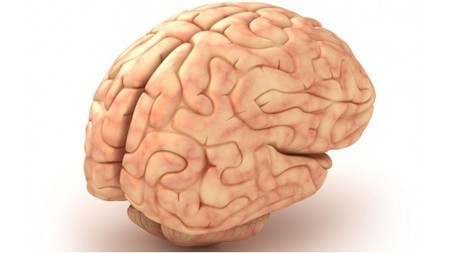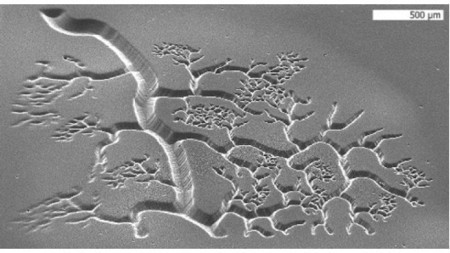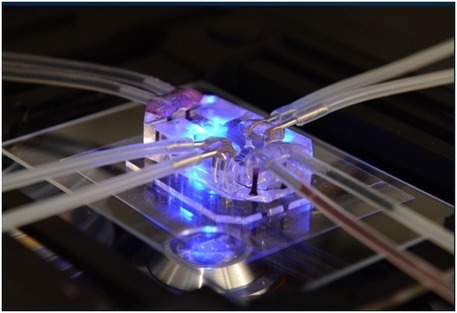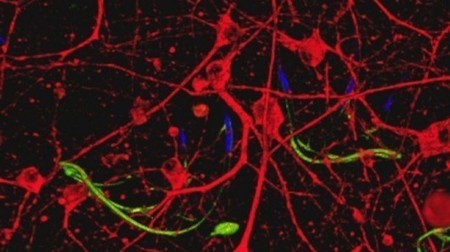Using implants made from porous biocompatible materials, scientists have recently been successful in regrowing things such as teeth, tendons and heart tissue, plus bone and cartilage. The materials act as a sort of nanoscale three-dimensional scaffolding, to which lab-cultivated cells can be added, or that the recipient’s own cells can colonize.
Now, a Spanish research team has used the same principle to grow new brain tissue – the technique could ultimately be used to treat victims of brain injuries or strokes.



 Your new post is loading...
Your new post is loading...












